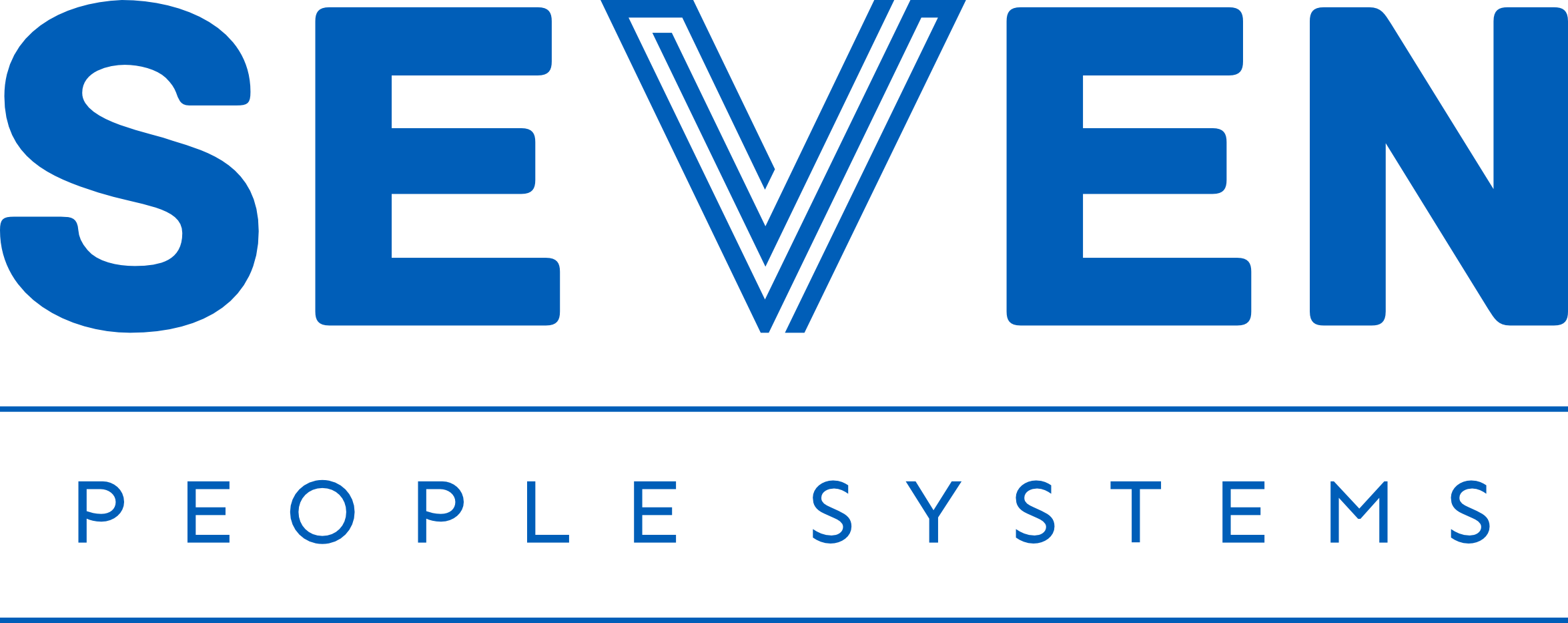From High-Performance to Results-Driven Teams
- February 12, 2025
- Posted by: info@seven.net.in
- Category: Talent Management

From High-Performance to Results-Driven Teams: Why Results Matter More Than Effort
If hard work were the key to success, then the busiest teams would always be the most successful. But in reality, busyness doesn’t always equal progress. Teams that pride themselves on long hours, countless meetings, and endless to-do lists often find themselves stuck, burnt out, but not necessarily better off. In contrast, truly impact-driven teams focus on Results-Driven Teams (RDT™), not just effort. They measure success by the meaningful outcomes they create, not by how much they do.
The shift from effort-driven to Results-Driven Teams (RDT™) is a competitive advantage and, more importantly, a survival strategy in today’s fast-moving business world. This transition represents a fundamental shift in how businesses measure success. It is essential for leaders and organizations that want to foster a culture of accountability, agility, and value creation.
But what exactly differentiates an effort-driven team from a Results-Driven Team (RDT™)? And why does focusing on results create a more sustainable impact than simply measuring effort? Let’s explore.
Effort-Driven Teams: Activity Without Clear Direction
An effort-driven team operates under the assumption that putting in more hours, working harder, and staying busy leads to success. While dedication and discipline are essential, an overemphasis on effort often leads to inefficiencies that hinder long-term progress.
Key Characteristics of Effort-Driven Teams:
- Process-Oriented Over Outcome-Oriented: The primary focus is on how much work is being done rather than the results achieved.
- More Meetings, Less Productivity: Excessive check-ins, long discussions, and rigid processes slow down execution.
- Micromanagement & Over-Optimization: Managers focus on controlling tasks and ensuring employees follow predefined steps instead of empowering them to drive results.
- Burnout Without Impact: Employees work long hours but may not necessarily contribute to meaningful results.
- Lack of Strategic Prioritization: All tasks seem equally urgent, leading to a “firefighting” approach rather than strategic execution.
Results-Driven Teams: Focusing on Impact, Not Just Effort
A Results-Driven Team (RDT™), on the other hand, focuses on achieving key outcomes rather than simply putting in effort. The emphasis is on clarity, accountability, and impact—ensuring that every action taken contributes to the organization’s overall mission.
Key Characteristics of Results-Driven Teams:
- Outcome-Oriented Thinking: Success is defined by achieving goals, not just completing tasks.
- Strategic Goal Alignment: Work is structured around clear objectives (e.g., OKRs or KPIs), ensuring alignment with company vision.
- Empowerment Over Micromanagement: Leaders trust their teams to take ownership of results rather than policing how they work.
- Data-Driven Decision-Making: Metrics and insights drive execution, not gut feelings or habitual practices.
- Efficiency and Adaptability: Prioritization helps teams stay agile and pivot when necessary, avoiding wasted effort.
According to a 2023 Gallup study, organizations with strong results-driven cultures see:
- 21% higher profitability
- 17% higher productivity
- 24% lower employee turnover
These statistics highlight how a Results-Driven Team approach fosters sustainability, growth, and long-term success compared to a traditional high-performance approach.
Key Differences: Effort-Driven vs. Results-Driven Teams
| Feature | Effort-Driven Teams | Results Driven Teams (RDT™) |
| Focus | Amount of work done | Quality and impact of work |
| Success Metrics | Hours worked, tasks completed | Measurable business outcomes |
| Leadership Style | Micromanagement, supervision | Empowerment, trust-based leadership |
| Culture | Hard work is valued over effectiveness | Smart work and impact are prioritized |
| Flexibility | Rigid processes | Agile and adaptable |
| Decision Making | Slower, approval-heavy | Fast, data-driven |
How to Build Results-Driven Teams (RDT™)
Building Results-Driven Teams (RDT™) requires a shift in mindset, culture, and processes. Here’s how organizations can begin the transformation:
1. Shift from Activities to Outcomes with OKRs
The best way to move from an effort-driven culture to a Results-Driven Team is through Objectives and Key Results (OKRs).
Example of an Effort-Driven Goal:
- “Our team will work extra hours to complete the client report.”
Example of a Results-Driven OKR:
- Objective: Improve client satisfaction with data-driven insights.
- Key Result 1: Increase report delivery speed from 3 weeks to 1 week.
- Key Result 2: Achieve a client satisfaction rating of 90%.
- Key Result 3: Reduce errors in reporting by 50%.
By shifting from “working extra hours” to “reducing report errors and improving delivery speed,” teams align their work with meaningful business impact.
2. Empower Teams with Ownership and Autonomy
Studies show that teams with decision-making autonomy are 31% more productive than those under strict control.
To foster a Results-Driven Team, leaders should:
- Give employees more responsibility for end-to-end execution.
- Encourage independent problem-solving instead of relying on micromanagement.
- Focus on outcome-based performance reviews rather than tracking hours worked.
Example: Instead of checking whether a sales rep made 100 calls per week (effort-based), evaluate how many high-value deals were closed (results-based).
3. Use Data & Metrics to Drive Decision-Making
Results-Driven Teams rely on real-time data and analytics to assess performance rather than subjective opinions. Key performance indicators (KPIs) and leading indicators should replace traditional effort-based evaluations.
Trending Statistics on Results-Driven Teams:
- Companies using data-driven decision-making increase profits by 6% (Deloitte).
- 87% of successful teams use outcome-based metrics instead of tracking effort (Forbes, 2023).
- Businesses that align KPIs with company goals achieve 2.5x faster revenue growth (Harvard Business Review).
Leaders must track and communicate the right metrics, ensuring everyone understands what truly drives success.
4. Encourage a Culture of Continuous Learning & Feedback
Results-Driven Teams reflect, learn, and iterate instead of repeating ineffective practices.
Strategies to Build a Learning Culture:
- Conduct retrospective meetings focused on what worked and what didn’t.
- Encourage teams to experiment and take ownership of outcomes.
- Provide real-time feedback rather than waiting for annual performance reviews.
Example: Instead of rewarding employees for logging extra hours, celebrate those who solve a major customer issue faster with creative solutions.
Final Thoughts: The Future Belongs to Results-Driven Teams (RDT™)
The transition from high-performance to high-impact is more than just a trend—it’s a strategic necessity for businesses that want to stay competitive and agile. While effort-driven teams measure hours and tasks, Results-Driven Teams measure impact and effectiveness.
Key Takeaways:
- Shift from measuring effort to measuring outcomes.
- Use OKRs and KPIs to drive results.
- Empower teams with ownership and decision-making.
- Leverage data-driven insights for success.
- Create a culture of continuous learning and accountability.
At Seven People Systems, we specialize in helping organizations build Results-Driven Teams (RDT™) that go beyond high performance to deliver high impact. By focusing on smart execution, strategic alignment, and agility, businesses can unlock their full potential in today’s ever-changing world.
Contact Us: 📧: info@seven.net.in
📞: +91-982-022-2774
🌐: www.seven.net.in

